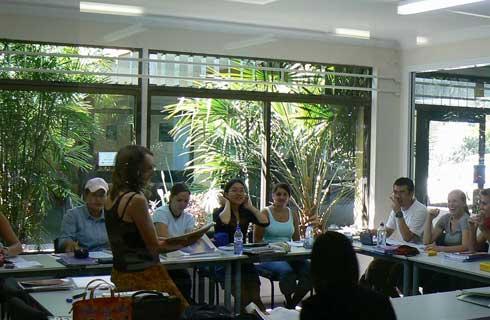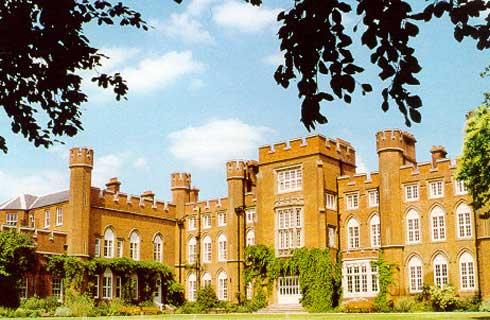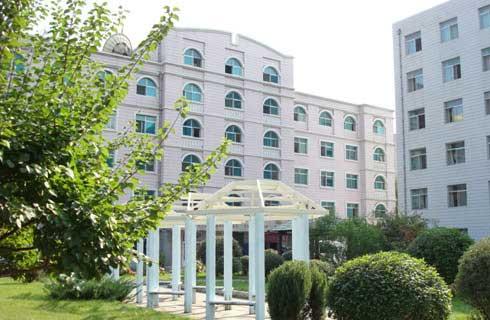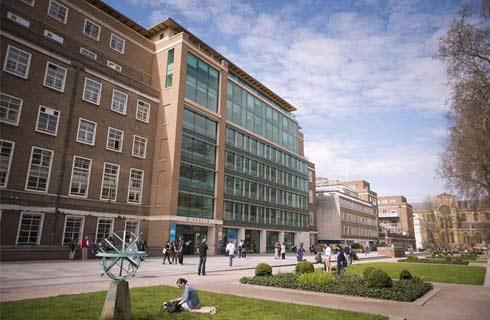Bachelor of Science in Supply Chain Management

学历文凭
Bachelor Degree

专业院系
仓储运营与维护技术

开学时间

课程时长

课程学费

国际学生入学条件
For all bachelor's degree programs, a strong performance in a college preparatory program is expected.
Generally, this includes 4 years of English, 3-4 years of mathematics, 2-3 years of science, and 3 years of social studies and/or history.
Specific math and science requirements and other recommendations 3 years of math required, pre-calculus recommended.
Submit an official high school transcript.
TOFEL- 79
IELTS- 6.5
Generally, this includes 4 years of English, 3-4 years of mathematics, 2-3 years of science, and 3 years of social studies and/or history.
Specific math and science requirements and other recommendations 3 years of math required, pre-calculus recommended.
Submit an official high school transcript.
TOFEL- 79
IELTS- 6.5
IDP—雅思考试联合主办方

雅思考试总分
6.5
了解更多
- 雅思总分:6.5
- 托福网考总分:79
- 托福笔试总分:160
- 其他语言考试:PTE Academic 58
CRICOS代码:
申请截止日期:请 与IDP联系 以获取详细信息。
课程简介
In RIT’s supply chain management degree you'll learn to manage the flow of goods and services through logistics, planning, inventory demands, transportation, and execution behind moving products from farms and production facilities to warehouses and stores. Many companies and organizations are involved in making supplies and products readily available so producers, manufacturers, and consumers, can have them when and where they want them, and at a competitive price. Coordinating and managing all of the organizations and suppliers involved in the activities that move products to the right places and the right times is the goal of supply chain management. More than ever, technology is driving supply chain processes and strategies to help give companies a competitive edge.<br>It’s not often a supply chain gets interrupted to the point where consumers cannot find the products they need. But when it does, people notice. And the disruption can cause chaos.<br><br>When the Covid-19 virus created panicked buying at grocery stores around the country, suddenly consumers couldn’t find toilet paper, paper towels, canned soup, tuna, rice, or cleaning products. As a result of those empty grocery store shelves, the public came to understand the importance of supply chain management in our every day lives.<br>A supply chain is a complex and interconnected system that begins with business strategists forecasting or predicting consumer demand for goods and ends with products available for consumers to purchase. In between is a complex web of purchasers and negotiators managing raw materials and suppliers, information systems that manage inventory and data, transportation systems that move and distribute materials and goods between warehouses and retail operations, and retail stores stacking shelves and selling products to you, the consumer.<br><br>Supply chain optimization occurs when you manage this intricate, expansive network of suppliers, producers, vendors, warehouses, transportation networks, logistical partners, and retailers. This is the focus of the supply chain manager, the supply chain analyst, and other professionals in the field that deal with the wide range of responsibilities that keep the global supply chain humming along. Gaining the expertise you need to build a career in this dynamic field comes from a degree in supply chain management.
相关申请

预科

奖学金

实习机会

在校学习

跨境学习

校园授课-线上开始

在线/远程学习
学校排名
世界排名
601
数据源:泰晤士高等教育世界大学排名
本校相关课程
土木工程技术理学学士

学历文凭
Bachelor Degree
下一个开始日期
课程费用总额
计算机工程技术理学学士

学历文凭
Bachelor Degree
下一个开始日期
课程费用总额
电气工程技术科学学士学位

学历文凭
Bachelor Degree
下一个开始日期
课程费用总额
机电工程技术理学学士

学历文凭
Bachelor Degree
下一个开始日期
课程费用总额
Bachelor of Science in Environmental Sustainability, Health and Safety (Co-op)

学历文凭
Bachelor Degree
下一个开始日期
课程费用总额
机械工程技术科学学士学位

学历文凭
Bachelor Degree
下一个开始日期
课程费用总额
其他相关课程
供应链管理商业学士学位

卡尔加里大学
泰晤士高等教育世界大学排名:

学历文凭
Bachelor Degree
下一个开始日期
课程费用总额
安大略大学供应链管理研究生证书-全球物流

皇家理工学院
泰晤士高等教育世界大学排名:

学历文凭
Graduate Certificate
下一个开始日期
课程费用总额
管理哲学博士-运营和供应链管理

卡尔加里大学
泰晤士高等教育世界大学排名:

学历文凭
Ph.D.
下一个开始日期
课程费用总额
供应链管理研究生证书(Alpha International)

圣劳伦斯学院
泰晤士高等教育世界大学排名:

学历文凭
Graduate Certificate
下一个开始日期
课程费用总额
供应链管理学士学位后文凭

卡普顿大学
泰晤士高等教育世界大学排名:

学历文凭
Graduate Diploma
下一个开始日期
课程费用总额
安大略大学供应链管理研究生证书

瀑布学院
泰晤士高等教育世界大学排名:

学历文凭
Graduate Certificate
下一个开始日期
课程费用总额





